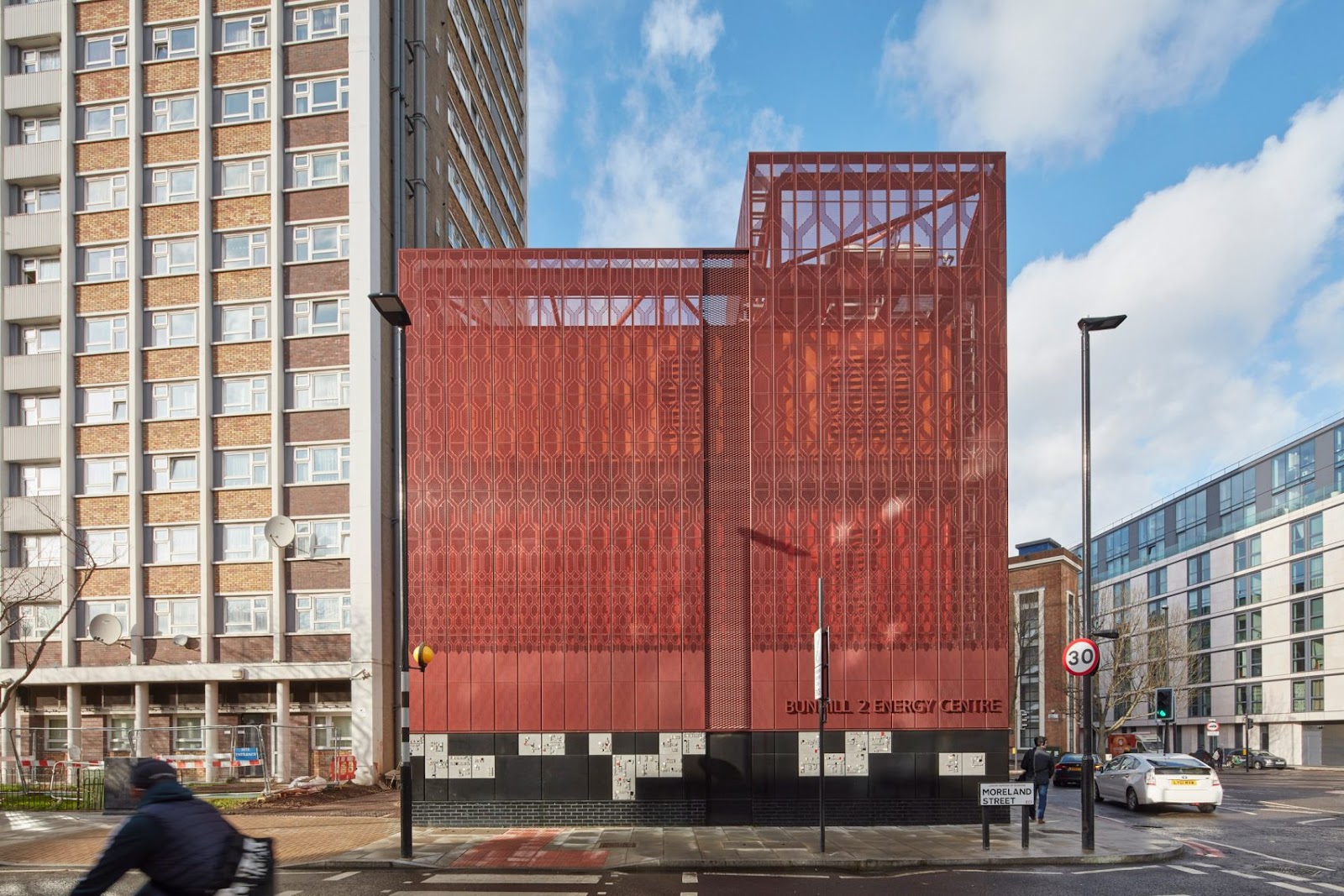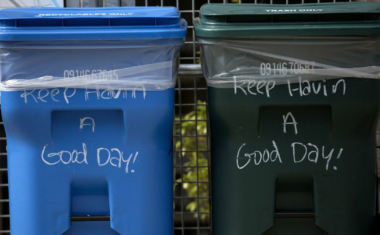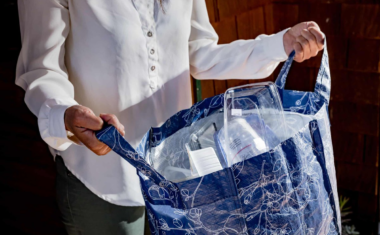Bunhill 2
- 6
- 4 min to read

About the city. The waste heat from London Underground’s ventilation shafts has the potential to be utilised to heat nearby buildings. London is on target to reduce carbon emissions in the borough from 2005 levels by 40% in 2020.
Goal
The aim of the project is to provide cheaper and greener heat to 1,350 homes plus community buildings in north London, using unwanted heat from the London Underground.
Implementation period. Plans for the Bunhill 2 district heating system were first revealed in 2019
Fact
The Greater London Authority (GLA) estimate there is enough heat wasted in London to meet 38% of the city’s heating demand. With the expansion of district heating networks, this could rise to 63% of demand by 2050.
Solutions
The revolutionary Bunhill 2 Energy Centre provides a blueprint for decarbonising heat in potential future schemes in London and around the world, reducing heating bills and carbon emissions while improving air quality and making cities more self-sufficient in energy. The new energy centre uses state-of-the-art technology on the site of a disused Underground station, once known as City Road. A huge underground fan extracts warm air from the Northern line tunnels below. The warm air is used to heat water that is then pumped to buildings in the neighbourhood through a new 1.5km network of underground pipes.
Challenges
The study confirmed that waste heat from the London Underground ventilation shaft could be utilised by heat pumps. Ramboll (engineering, architecture and consultancy company) found that the system could capture the waste heat and heat it to approximately 80°C.
The aim was to find the most efficient and sustainable solution possible, so the heat pump design temperature was lowered further to 70°C.
Team
The project has been led by Islington Council, which commissioned engineering firm Ramboll to design and develop the system that is marked above level by a metal shroud by Cullinan Studio, McGurk Architects.
Timeline
Expectations:
- Islington Council says estimates homes connected to the district heating system will help reduce CO2 emissions by around 500 tonnes each year.
- Heating bills for council tenants connected to the network are expected to be cut by 10% compared to other district heating systems.
If you notice an error or inaccuracy in our editorials, please email [email protected] so we can look into it.






